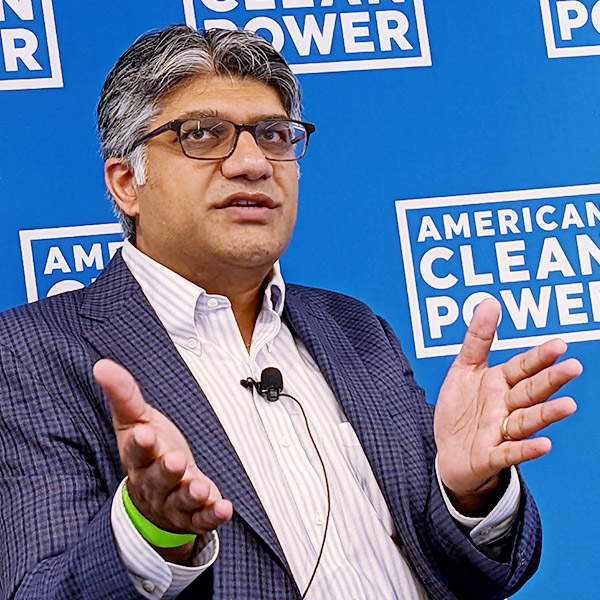
The Climate Bonds Initiative (CBI) on Thursday asked for public comment on draft requirements for allowing steel-sector bonds to obtain certification under its Climate Bonds Standard.
“We’re really looking to expand our suite of criteria for the standard … and that expansion is effectively trying to move us into a wider array of sectors,” Anna Creed, CBI’s head of standards, said in a launch webinar for the draft steel sector criteria.
CBI’s standard focused originally on eligibility criteria for assets and projects in the energy sector, but Creed said the organization now plans to move “at scale” into heavy industry and harder-to-abate sectors.
“Each sector-specific criteria sets climate change benchmarks for that sector that are used to screen assets and capital projects so that only those that have climate integrity, either through their contribution to climate mitigation, and/or to adaptation and resilience to climate change, will be certified,” CBI explained in its draft document.
Certification of a climate bond or green bond under the standard prior to issuance allows the issuer to claim compliance with criteria for the asset or project related to the bond.
“We have criteria in the latter stages of development also for chemical production and for cement production, plus we’re working on hydrogen at the moment, and then we’re going to move on to oil and gas,” Creed said.
CBI’s draft criteria for steel production proposes one segment to address new facilities and another for facilities that existed prior to 2022, according to Fabiana Contreras, industry transition analyst at CBI.
For bonds related to new, fossil fuel-based facilities to achieve certification, the facilities must capture 70% of emissions for storage or use. And new electric arc-based facilities that use scrap metal for production will need to use at least 70% scrap or 100% hydrogen in iron-ore processing. CBI is working on additional cross-cutting criteria that will apply to hydrogen use to address emissions from electricity used in electrolysis, Contreras said.
Certified bonds related to pre-2022 fossil fuel-based facilities would require the facilities to achieve certain emission reductions by 2030, ranging from 15 to 50%, depending on age and emissions per metric ton of steel. Pre-2022 electric arc-based facilities using scrap metal would need to increase renewable energy use to reduce emissions from electricity.
The goal of the draft criteria is to help meet the Paris Agreement target of holding global warming to below 1.5 degrees Celsius.
“That is extremely ambitious … and for a lot of steel businesses the target and the criteria will appear very challenging,” said Max Åhman, associate professor at Lund University and member of the working group behind the criteria development.
Despite the challenge, Åhman believes that the steel sector is already demonstrating positive momentum in transitioning to clean and sustainable practices, and it could be a “role model” for other hard-to-abate sectors.
“If steel can show the way, there is a possibility even for those other sectors to take action to make it profitable and make it sustainable,” he said.
CBI is accepting comments on the draft criteria until Aug. 22.

